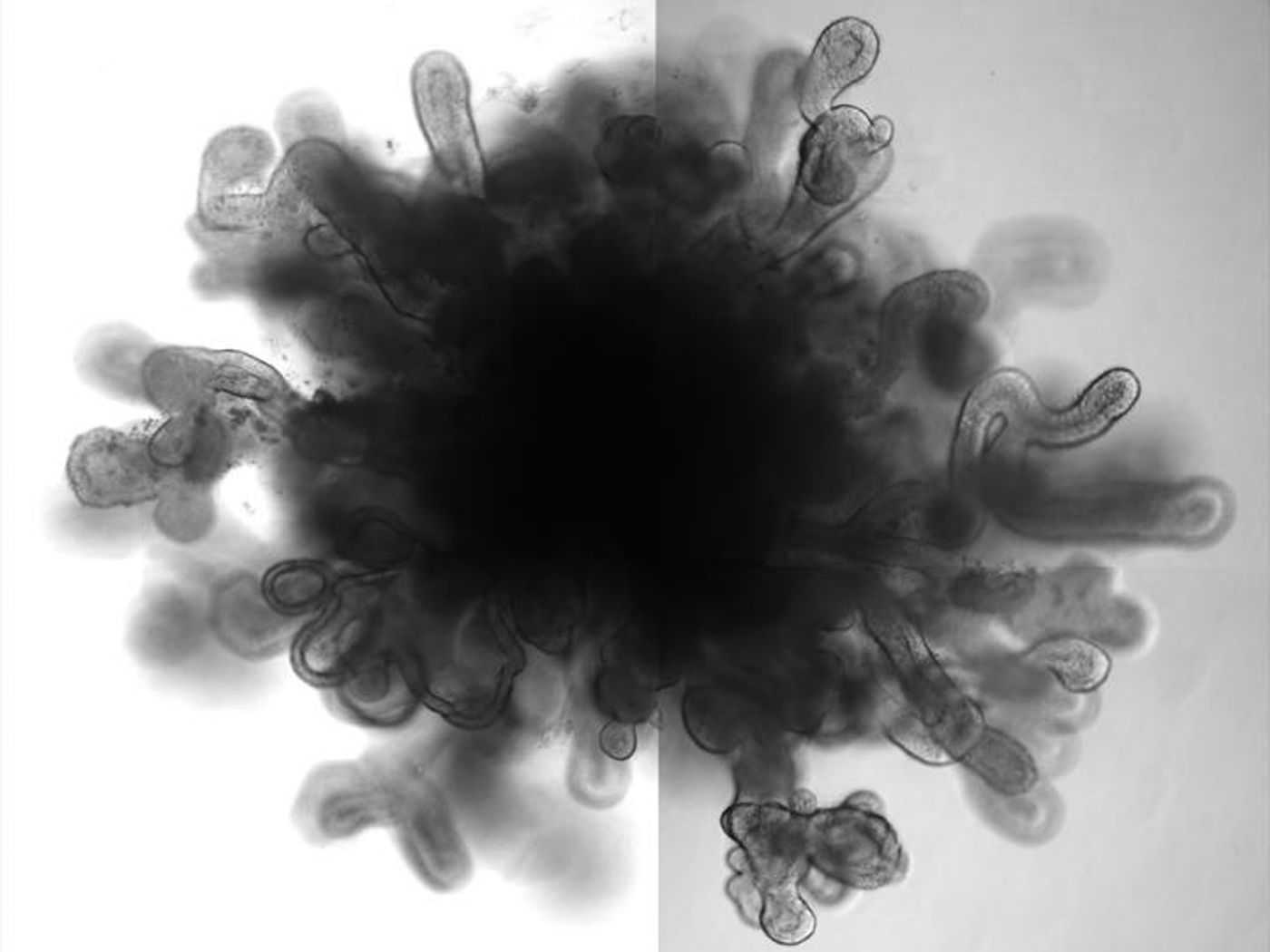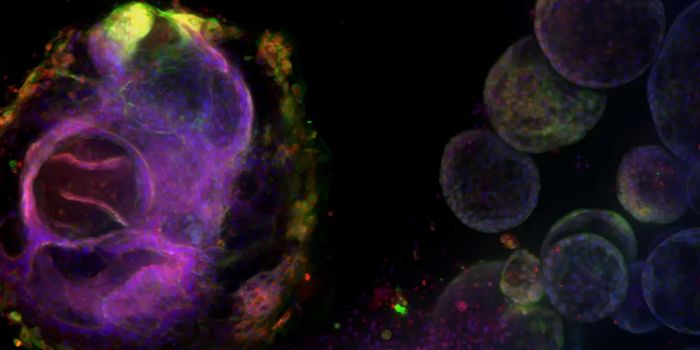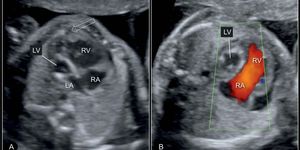Lung Organoids are Similar to the Full-size Organ
Studying human disease in the laboratory is hampered by difficulties modeling the disease. It’s very unusual for humans to be used as test subjects, so researchers instead rely on animal models and cells in dishes. Those dishes of cells have recently been engineered to be a lot more complex, forming three-dimensional structures that function similarly to human organs - organoids. In a breakthrough, scientists have now developed organoids of lungs using human pluripotent stem cells.
Researchers at Columbia University Medical Center (CUMC) utilized the organoids they made to model human lung disease in a lab. The work, reported in Nature Cell Biology, may lead to advancements in our understanding of respiratory disease. Above is a video summarizing the findings.
Organoids open up new research possibilities for scientists. Beyond developing a deeper understanding of the normal development and function of an organ, they also offer the chance to visualize dysfunction in those organs happens and what the consequences are, under more lifelike conditions. Experimentation with therapeutics and regeneration is also possible with organoids, potentially leading to better outcomes.
"Researchers have taken up the challenge of creating organoids to help us understand and treat a variety of diseases," explained lead investigator Hans-Willem Snoeck, PhD, a Professor of medicine (in Microbiology & Immunology) at CUMC. "But we have been tested by our limited ability to create organoids that can replicate key features of human disease."
The lung organoids that were engineered in Snoeck's lab are the first to feature branching airway and alveolar structures, as human lungs do.
AS a proof-of-concept, the investigators demonstrated that the organoids behaved in a way that was very much like what a real lung would do if infected with respiratory syncytial virus (RSV). In infants, RSV is a primary cause of lower respiratory tract infection; there is no vaccine or effective therapy against the disorder.
The scientists also showed that the organoids acted like a human lung would when they were carrying a gene mutation that has been linked to pulmonary fibrosis. Idiopathic pulmonary fibrosis is a disorder that leads to scarring in the lungs and is responsible for 30,000 to 40,000 deaths in the United States every year. The only cure for this disease is a lung transplant.
"Organoids, created with human pluripotent or genome-edited embryonic stem cells, may be the best, and perhaps only, way to gain insight into the pathogenesis of these diseases,” concluded Snoeck.
Sources: AAAS/Eurkealert! via CUMC, Nature Cell Biology









